Hollywood - The legendary investigative reporter behind some of the biggest scoops this century has released an explosive new documentary “Line in the Sand, which debuts here today and on the Tucker Carlson Network Wednesday, and he told RedState in an exclusive interview what it was like to probe the dark secrets of the Mexican border and the people manning America's failed immigration regime.
“This film dives deeper than any of my past investigations into the complex and often hidden networks that influence migration from the border’s earliest stages to its final destination,” said James E. O’Keefe III, who leads the O’Keefe Media Group (OMG) since leaving Project Veritas in 2023.
“The film is a call to action for courage and integrity,” he said. “We need people on the inside, those who see the full scope of what’s happening, to step up, speak out, and expose the truth."
O'Keefe starts at the southern border, showing the plight of the migrants on their journey and crossing into the U.S. Then, he takes us inside the awesome machinery of moving around the thousands of unaccompanied children. Finally, he shows us the chaotic and broken realities of our immigration system as it plays out every day in New York City.
To get the story, the journalist goes into the cartel tunnels, rides the coal bin railcars with the migrants, and even spends the night as an involuntary guest of the Mexican National Guard.
Check out the "Line in the Sand" trailer. @JamesOKeefeIII goes to the migrant industrial complex. O'Keefe reveals the reality of the U.S. border crisis: Mexican freight trains, cartel tunnels, and federal-funded child detention camps--exclusively on the @TCNetwork. pic.twitter.com/OOGeJL8098
— ReporterMcCabe (@ReporterMcCabe) October 1, 2024
O’Keefe: It started out with someone pointing to some buses
The New Jersey native said the investigation started simply enough when someone alerted him to the scale of the government’s immigration apparatus.
“The journey began back in December at Phoenix Sky Harbor Airport when an American Airlines ticket agent pointed out buses picking up illegal immigrants and taking them to NGOs,” he said. “From there, I followed the buses, determined to trace these immigrants' paths from origin to destination.”
After he posted reports about what he found, O’Keefe said individuals came forward with more information.
“Releasing the initial videos in January opened doors to deep background sources—one brave individual, voice disguised, urged me to ‘follow the money’ to reveal the hidden players at the top of this crisis,” he said.
O’Keefe said his documentary was a commitment to follow the truth about what is happening at the border.
“This film follows that lead and brings it full circle when those individuals, some previously hidden, come forward in heroic acts of courage,” he said. “It’s about giving a voice to those who risk everything to shed light on the truth, and the hope is to inspire the audience to look closer and recognize the scale and impact of this crisis.”
This is the O’Keefe that I worked for in 2020 when I led the Project Veritas communications and media relationship shop. In the mainstream media, O’Keefe is portrayed as some right-wing manipulator and trickster, but this is wrong twice. While he has a traditionally conservative worldview, he's not trying to score political points.
When he was at Project Veritas, many of his investigations exposed Republican targets, which did not bother him in the least. As for his playing fast and loose, it just is not true—and I say this as someone who was in the marathon “cut down” sessions when 20-minute videos were cut down to three or four minutes for release.
O’Keefe’s central mission is to expose the private truth behind the public lie. If that means he has to deceive the deceivers as an undercover journalist, he is more than willing to keep that craft alive.
Another hallmark of an O’Keefe investigation release is hearing the bad actors betray themselves. Through the hidden lens, you see them say the words on the tape—it is authenticity, not manipulation.
It is only natural that O’Keefe’s most impactful and widely shared investigations confirm what we suspected the whole time, but our betters told us was fake news. When O’Keefe nails that confirmation, the reaction is electric.
With “Line in the Sand,” O’Keefe nails the confirmation.
We always suspected the border of Mexico was a kaleidoscope of cartels, NGOs, federal officials, and other bad actors—all working together behind our backs—and guess what? We were right.
O’Keefe: The film took a toll
Another thing I learned from working for O’Keefe is that he has an unnatural will and resilience. The man has been catching arrows for 15 years, not because his reports are wrong, but because they are right.
O’Keefe said making this documentary took a toll on him.
“This project wasn’t just a mental or emotional commitment—it demanded everything physically as well,” he said.
“There were real moments of danger,” he said. “One instance was in Mexico when a cartel member made a chilling statement that they had to ‘finish the job’ of cutting through the border fence,” he said. “Another tense situation arose when I was detained by the Mexican National Guard in Irapuato, Mexico.”
The constant sense of danger comes through in the film, he said.
“Both moments brought to light just how fraught and perilous this journey is, not only for investigators but also for those trying to cross,” he said. “These experiences deepen the film’s message, showing the risks on all sides of this complex issue.”
O’Keefe: Border agents shocked by the treatment of migrant children
The Rutgers philosophy major said one of the most difficult parts of the film was hearing from the border agents—the real eyewitnesses—as they described the plight of the children at the southern border.
One of the most poignant moments in “Line in the Sand” is when O’Keefe and his team come upon a little girl walking alone in the dark about the border wall. When the light hits her face, she becomes the avatar of the border tragedy.
“Talking to border security personnel, you can feel the weight they carry,” O’Keefe said.
“They told me about the heartbreaking reality of not being able to track these children properly due to a lack of biometrics and documentation,” he said.
“One agent nearly choked up, spoke about finding three-year-old unaccompanied children at the border wall, often appearing drugged and without any clear way to track their final destination,” he said.
The bureaucracy takes over, he said.
“When they hand these kids over, the children fall under the authority of Health and Human Services, which funds a series of NGOs that eventually place the kids with ‘sponsors,’ O’Keefe said.
“It’s a convoluted, disjointed system that keeps many agents awake at night,” he said.
“This subject is at the core of the film, showing the audience the human cost and raising questions about accountability and compassion.”
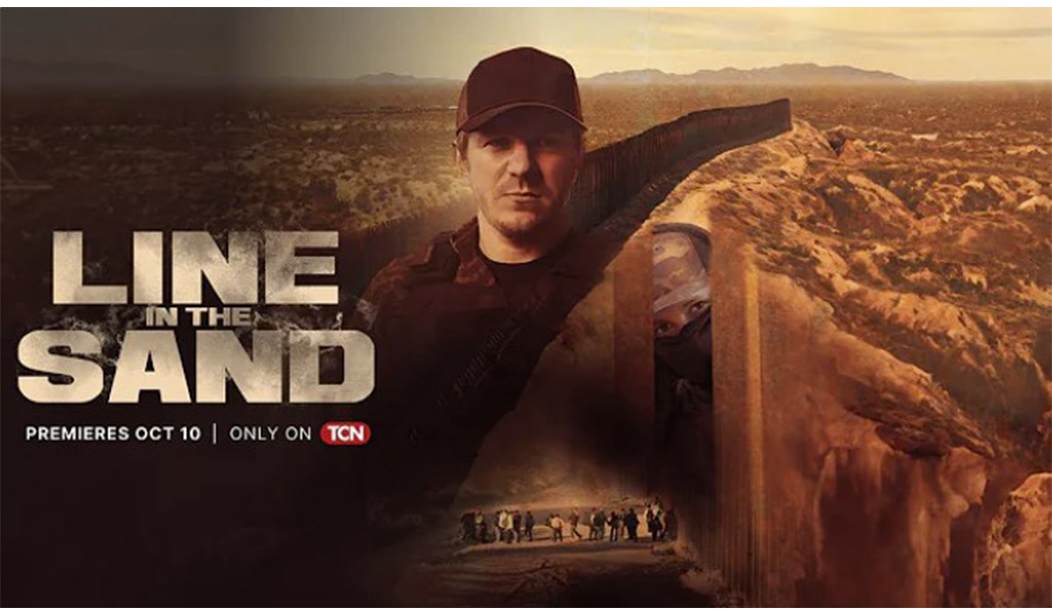


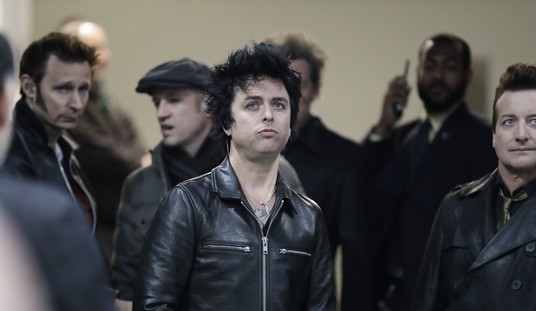

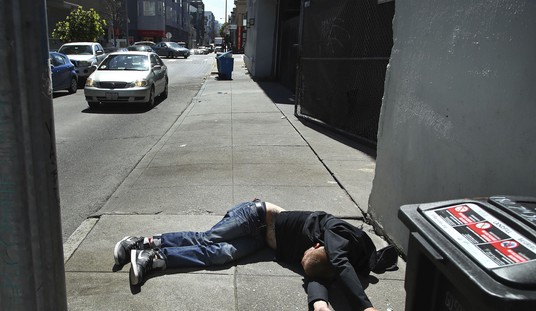
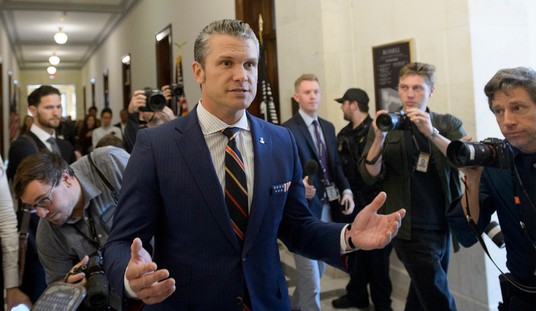
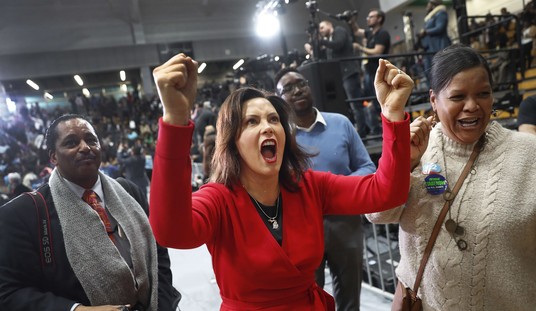

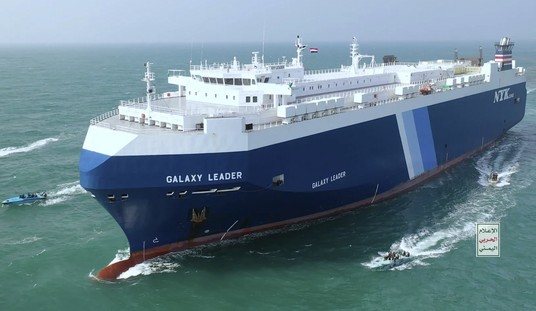



Join the conversation as a VIP Member